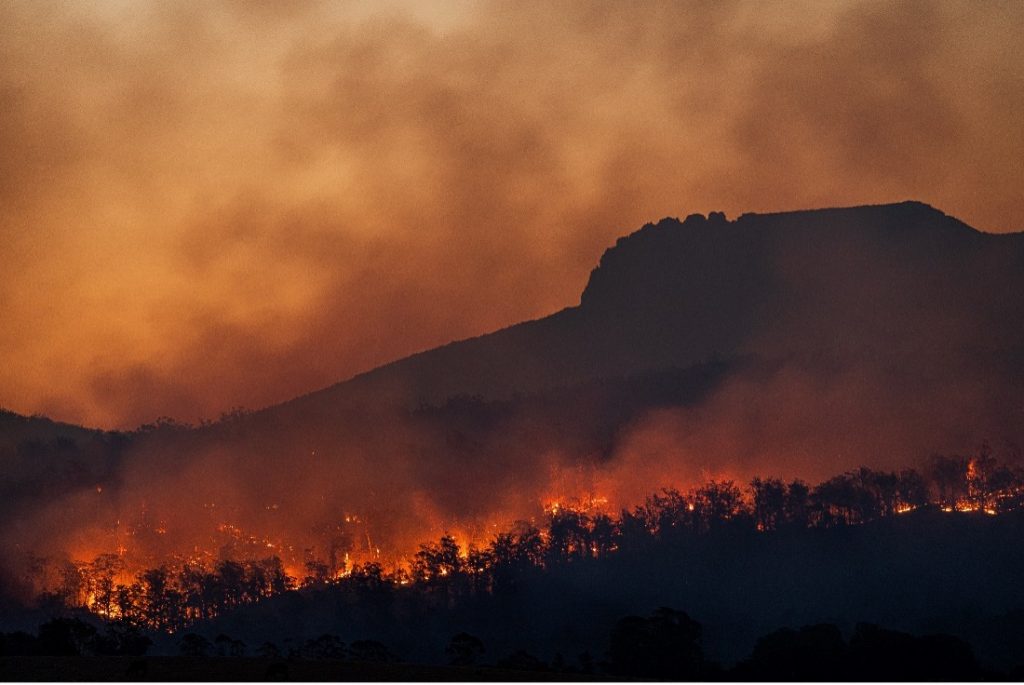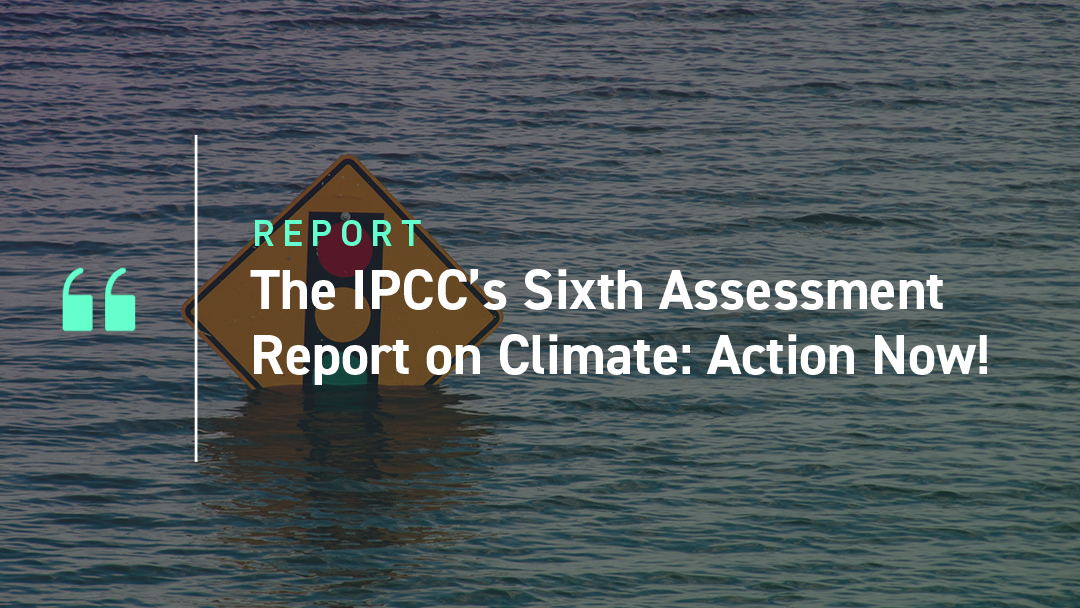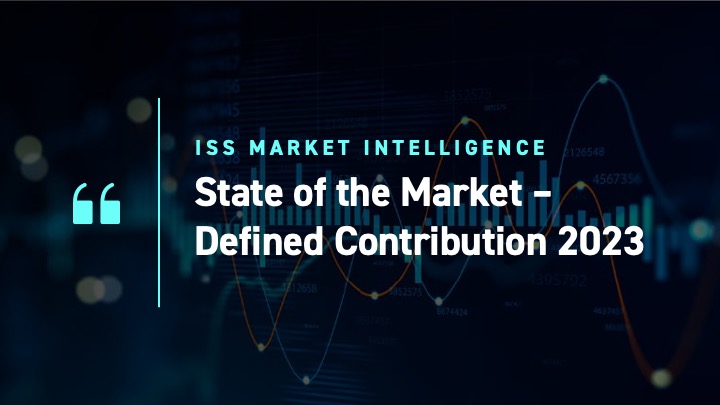The Intergovernmental Panel on Climate Change (IPCC) recently released the first part of the sixth Assessment Report (AR6). This report — the most comprehensive synthesis of climate research to date — will play a pivotal role in developing climate-related policy in the coming years.
What is the Sixth Assessment Report?
As the title states, this is the 6th report since the IPCC was founded in 1988. The IPCC is a United Nations organization with 195 member countries. It aims to provide governments with “scientific information that they can use to develop climate policies.” The assessment reports (AR) provide the information needed to shape government policy and serve as a foundation for investors and corporates when deciding how to tackle climate change. The AR6 is divided into three working groups with a total of 721 authors of 90 nationalities, each tackling a different topic. The work requires an enormous effort in coordination, discussion, and transparency in the global scientific community.
The working groups will be releasing reports until May 2022.
- Working Group I (WGI): The Physical science basis
- Working Group II (WG2): Impacts, adaptation, and vulnerability
- Working Group III (WG3): Mitigation of climate change
The recently released report addresses “the most up-to-date physical understanding of the climate system and climate change”. The entire report consists of 12 chapters and an online atlas of climate change observations and projections, all accessible to the wider public, transparently showing the science leading up to the report’s conclusions.
The report references over 14,000 scientific papers, has been reviewed by experts and governments three times and received over 70,000 comments in total, to ensure agreement.
The full report is additionally condensed into an accessible 40 page document — the summary for policymakers (SPM), which was approved line-by-line by close to 200 government delegates.
What has changed from previous reports?
Perhaps not surprisingly, the new AR6 presents the most compelling evidence to date that human activities have caused our planet to warm at an unprecedented rate, resulting in widespread and rapid climate change. The new report strongly confirms the IPCC’s message over the years in what is perhaps the most important and powerful statement yet:
“It is unequivocal that human influence has warmed the atmosphere, ocean, and land.”
In particular, the chapter’s overarching statement emphasises that it is an “established fact” that human-originated emissions of greenhouse gases “have led to an increased frequency and/or intensity of some weather and climate extremes”.

The AR6, released amidst record-breaking heat, catastrophic flooding, and ravaging wildfires, suitably includes a chapter dedicated to weather extremes resulting from warming — a first. In a significant departure from earlier editions, this chapter uses much stronger language to describe the relationship between human-induced warming and weather extremes.
The report then continues with the assessment of individual climate hazards. The report affirms that “it is virtually certain” that human-induced warming has induced more frequent and longer-lasting heatwaves. The report also states that several other climate hazards — droughts, extreme precipitation, floods, and tropical cyclones — have become more frequent and intense in the past decades and are likely attributable to anthropogenically driven warming. This assessment may seem daunting, but it also carries a more hopeful message: successfully stabilizing warming should halt extreme weather frequency and intensity growth.
The ball is still in our court it seems: the report states that limiting global warming to 1.5C is still possible but requires substantial, rapid, and sustained reductions in greenhouse gas emissions in the 2020s and achieving net-zero emissions by 2050. Failure to do so will likely see the world pass the symbolic 1.5C in the early 2030s.
How will this affect the finance industry?
As stated in article 2.1c of the Paris Agreement the finance industry is expected to play a key role in the energy transition. In previous pieces on Scenario Alignment analysis and Physical Climate risks ISS ESG has shown that the industry still has a long way to go before significant outcomes can be expected. The number of companies disclosing the most basic of impact metrics, their carbon footprint, is still shockingly low, and the number of companies with robust climate targets and decarbonization strategies remain even lower. In order to achieve the rapid turnaround needed to remain within 1.5 degree warming the finance industry needs to significantly increase its ambition.
How to use ISS ESG climate data to assess future climate risk
The price of inaction is high — a business-as-usual scenario could cost the global GDP $8 trillion by 2050 due to the impacts of climate change. This sizeable estimated loss reflects the systemic and widespread nature of physical risks and their potential to generate financial risk for Sovereigns, Corporates, and Investors down the line.
A global analysis of ISS ESG’s physical risk data highlights the stark reduction in climate impacts that would result from achieving net-zero emissions by 2050 (Figure 1). In particular, the analysis shows that global annual costs from flooding would be significantly smaller in a Net-Zero Scenario compared to the current policy scenario — a reduction of 30% by 2050 and 50% by 2080. Moreover, these extreme increases in recurrent damages will most likely be irreversible. Thus, once reaching a certain warming level, we will be stuck with the much higher associated impacts
Figure 1 Expected Annual Flood Damages projected for three emission scenarios: Current Policies, Net-Zero by 2050, and a Worst-Case Scenario. The left panel shows projected damages due to River Floods; the right panel shows projected damages due to Coastal Floods. Increased temperatures are expected to accelerate the hydrological cycle resulting in more frequent and intense extreme precipitation events, and thus river floods, worldwide. At the same time, sea-level is projected to increase due to the expansion of warmer ocean water and increased in-flux of freshwater from melting icesheets.
Investors can investigate the financial impact of such physical risks on their portfolio by conducting a forward-looking physical risks assessment. A physical risk assessment examines the financial risks associated with weather and climate hazards in regions where a company is active – where it operates and generates revenue. ISS ESG’s physical risk assessment covers not only coastal and river floods, but also tropical cyclones, wildfires, heat stress and droughts (read more on ISS ESG’s Physical Risk Assessment Solutions).
While implementing swift policy-driven mitigation of global emissions would strongly mitigate physical risks, it would also subject brown sectors to several transition risks, including those related to high carbon costs and a decline in the demand for high-emitting activities. It is currently impossible to say with certainty which path the world will follow — it is thus essential to consider both physical and transition risks, two forces that act in tandem but against each other. The IPCC AR6 makes clear that early and decisive action on climate change offers the best outcomes for the globe’s environment, population, and therefore investors.
By Fredrik Lundin, ISS ESG Head of R&D Climate. Simon Yang, Senior Associate, Physical Climate Risk Specialist, ISS ESG.




